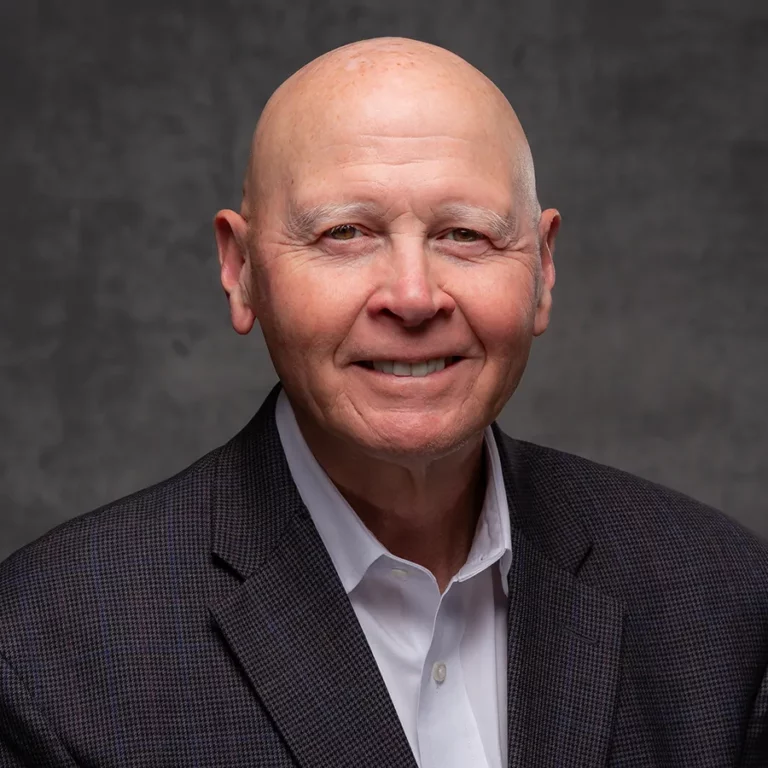There are a number of ways to decrease the cost of healthcare in your senior years. Money Talks News’ recent “7 Costly Health Problems That Strike After Age 50” discusses some health conditions that tend to arise after age 50 and how to cut the cost of care, if you are diagnosed with them.
Arthritis. This ailment strikes about 58.5 million Americans, according to the Centers for Disease Control and Prevention. The CDC adds that in 2013, adults with arthritis on average paid an extra $2,117 in medical costs. Check out the Arthritis Foundation webpage for ways to reduce the costs for arthritis care.
Osteoporosis. Around 54 million Americans have low bone density or osteoporosis, and among women over the age of 50, one in two will break a bone due to the disease. With men that age, the number is one in four. Prescription medications are often used to treat this condition, so ask your doctor about using less costly generic drugs. You can also do weight-bearing exercise (lifting weights, walking or running, and activities, such as tennis) to build bone density. These exercises cost little or nothing to do. Relatively cheap vitamin D supplements can help your body use calcium and strengthen bones. Ask your doctor if they are right for you.
Diabetes. Your risk for the disease increases as you age, since more than 25% of adults ages 65 or older have diabetes. To cut costs, get tested early for diabetes. As the disease progresses, it can become more dangerous — and significantly more expensive to treat. A healthful diet and regular exercise can also help you to control diabetes. The American Diabetes Association has tips for food and exercise on its website.
Obesity. More a third of adults 65 and older are obese. These people spend an average of almost $1,900 more per year on health care compared with people of normal weight, according to one study. Slimming down significantly reduces your risk of being diagnosed with many costly health problems, such as diabetes, heart disease, cancer and osteoarthritis. Getting on a healthful diet and an exercise program are two inexpensive ways to avoid the costs associated with obesity.
Heart problems. This is the leading cause of death for both men and women in the U.S. This condition encompasses many problems related to atherosclerosis, a narrowing of the arteries due to a buildup of fats, cholesterol and other substances. Several medical conditions are closely related to a higher risk of developing heart disease, such as high blood pressure, high LDL cholesterol and smoking. A good diet and regular exercise can help you reduce your blood pressure and improve your cholesterol readings. Smoking cessation is also one of the keys to both improve your health and save some money.
Declining oral health. About a quarter (26%) of Americans ages 65 and older have eight or fewer teeth, and the CDC says that conditions, such as severe periodontal disease and oral and pharyngeal cancer primarily affect older adults. Treating these conditions can be expensive, so regular visits to the dentist is the best way to catch conditions early, when they are less costly to treat.
Shingles. This illness is very prevalent in the over-50 crowd. 50% of all cases of shingles are diagnosed in people 60 and older. Complications related to shingles — from blisters to an ongoing type of pain called post-herpetic neuralgia, or PHN — can be costly.
Reference: Money Talks News (January 15, 2022) “7 Costly Health Problems That Strike After Age 50”




